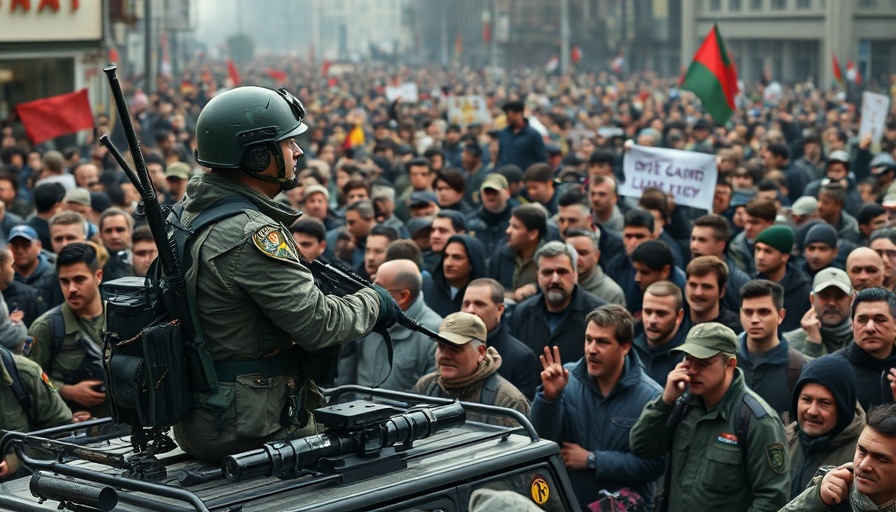
A New Chapter in Yemen's Military Landscape
The conflict in Yemen is intensifying as local factions consider a ground offensive against the Iran-backed Houthi rebels. With the ongoing U.S. airstrikes, aimed at weakening Houthi strongholds, Yemen’s anti-Houthi groups see an opportunity to capitalize on this military pressure. The question is, can these factions effectively mobilize and execute an offensive with sustained success?
Understanding the Stakes
The potential offensive targets crucial Houthi footholds along the Red Sea coast, particularly the port of Hodeidah. This port is vital not only for Houthi supply lines but also for humanitarian aid, making any military move here significant. According to reports, private U.S. security contractors have begun advising Yemeni forces, which raises the stakes further on the international front.
Challenges on the Battlefield
As security analyst Alex Almeida points out, while there is momentum among the Republic of Yemen Government (ROYG) and the Presidential Leadership Council for an offensive, the effectiveness of anti-Houthi forces is inconsistent. Some groups, like the Salafi Giants brigades, boast strong combat experience, but many other units lack the cohesion and skill necessary for a successful campaign. This variance in combat effectiveness can hinder the overall strategy against the Houthis.
The Role of International Dynamics
U.S. involvement in this conflict adds another dimension. President Trump’s decision to initiate an air campaign against the Houthis not only aims to disrupt their military capabilities but also supports the ROYG's aspiration for ground control. Striking over 800 targets emphasizes the scale and focus of this military initiative, and its implications will unfold as ground operations are considered.
Future Implications and Considerations
As the situation develops, one must consider the potential humanitarian fallout. Any ground offensive inevitably raises concerns about civilian safety and the disruption of aid delivery in a country already beleaguered by war and humanitarian crises. Effective communication and strategy from Yemeni leaders will be crucial in addressing these complex issues.
In conclusion, the prospects for a Yemeni ground offensive against the Houthis carry both promise and peril. While the elements for a potential offensive are taking shape, the road ahead will undoubtedly be fraught with challenges that must be navigated with caution and strategy.
 Add Row
Add Row  Add
Add 




Write A Comment